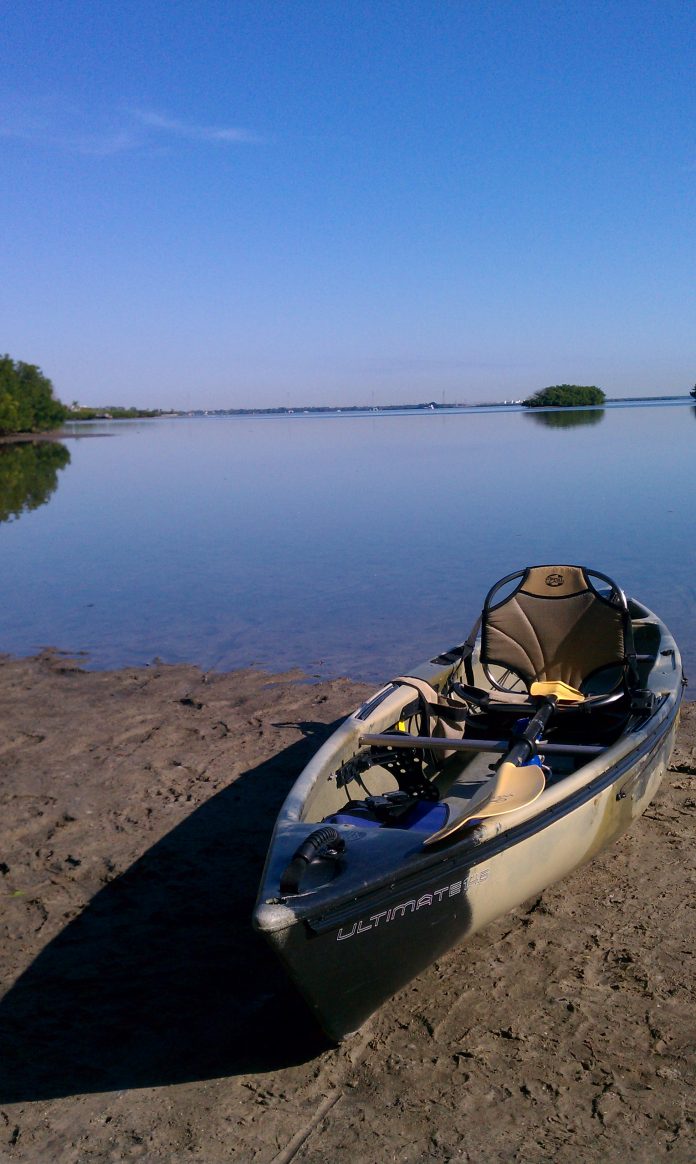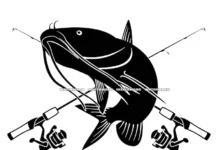Kayak Fishing Safety “Revisited”
By Neil Taylor, www.strikethreekayakfishing.con
Safety Precautions for Kayak Anglers
With so many people brand new to kayak fishing or relatively new to it, safety and very present “danger” is not talked about enough. Multiple recent drowning deaths were a tragic outcome to peoples’ enjoyment of the water. Observing some basic principles may prevent water users from being faced with the same critical situations that were faced by others.
Equipment and supplies:
The legally required safety equipment- 1) Visual Signaling device (i.e.: Light, mirror, flare gun) 2) Audio signaling devices (i.e.: whistle, horn), 3) Personal Flotation Device, and 4) Communication Device- (i.e.: “Submersible” VHF radio and/or cell phone stored in a “dry bag”). “Dry bags” are inexpensive and preserve “reliable contact with civilization” if you are in trouble. For VHF radio use: The U.S. Coast Guard- monitors channel 16.
Other equipment and supplies:
The kayak-
The right watercraft: Various kayaks models have different features, with some handling much better in rougher conditions. Do not use the wrong craft for the wrong situation. Watercraft that are no self-draining need to have water removal devices and avoid the “deep water” situations.
Spare batteries: The GPS and Flashlight can run low on you and having a spare pack of batteries for each should be standard practice. For the VHF radio: Have sufficient battery charge for extended use in emergencies.
First Aid- Bandaging, peroxide, Neosporin and tape. First aid and CPR training is a great skill for helping others who may require that assistance immediately.
For night time trips-
Dependable flashlights and/or headlamps are equipment that should be well maintained and taken along on every outing, “just in case.”
The “Buddy System”
Don’t fish treacherous areas alone. Unnecessary risks are discouraged even when you have someone with you, but if you want to do a special trip with some unusual challenges, don’t do it alone and wear your Life Jacket in these situations. Deep, open water fishing trips by kayak for species like tarpon and sharks are risky. Using “the buddy system” for these outings helps by having someone there in case of an emergency, but there are other risks. Poor communication while fighting large fish could lead to the second angler getting cut by braided line, knocked into the water or severely injured by a leaping fish. If there is any nervousness about this kind of outing: Do it from a more appropriate vessel.
Trip Planning:
Ask questions about areas you haven’t gone to before. Others have info that will bring up items of caution and concern for a “first timer” to that area.
Leave a “float plan” with someone and a “plan of action” if you are overdue (see VHF radio and cell phone in dry bag. Let them know what channel you will monitor on the VHF). Perform a “radio check” at the start of the day.
Have an “action plan” in place for unexpected emergencies. If you
“Ready access” to your PFD: (if you’re not wearing it) this should be instantaneous should you end up in the water. Auto-inflate vests are also an option.

Storms- Check weather forecasts before you go. Have a “weather watcher” that will have Internet access and will answer their phone when you call. “Keep an eye to the sky”: Watch for developing weather. Don’t get caught in rough storms and high seas because you were ignorant of “pop up” storms. Know where you will go to sit out a storm. Getting back to the launch isn’t always an option. Pre-designate your “safe spots” for each area.

Other water craft- Keep an eye out for other craft bearing down on you. Have your signaling device ready to utilize. A craft like a sailboat doesn’t put off a lot of noise so you need to be alert. A whistle around your neck will allow you to alert anyone nearby that you are there.
Take a look down before you enter the water. Dismount onto a jagged oyster bar, stingray, bull shark or jellyfish may add unwanted excitement to your life. If it is nighttime or murky waters eliminate your visual into the water, use your paddle to “test the bottom” before you dismount the kayak.
Have fun, but please be safety conscious as well! Take the extra measures; cut out the unnecessary risks and make the right decisions to get you back safely to the launch.
Neil Taylor
Kayak Fishing Specialist
Strike Three Kayak Fishing
www.strikethreekayakfishing.com
Ph: 727-692-6345
Livelybaits@aol.com
“Something violent is about to happen.”
Latest posts by Neil Taylor (see all)
- The Neil Blog… - July 26, 2023
- The Catfish - July 26, 2023
- update - July 22, 2023













